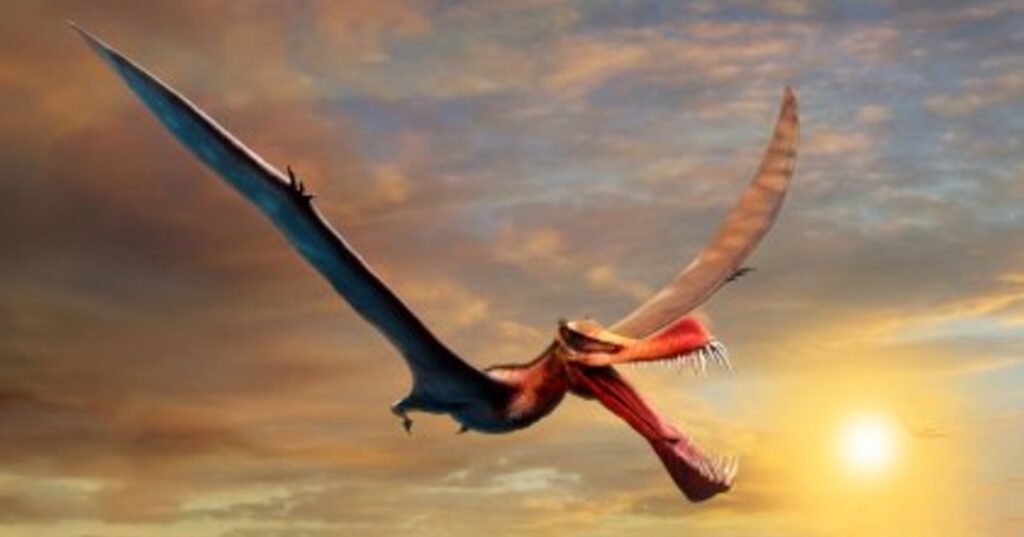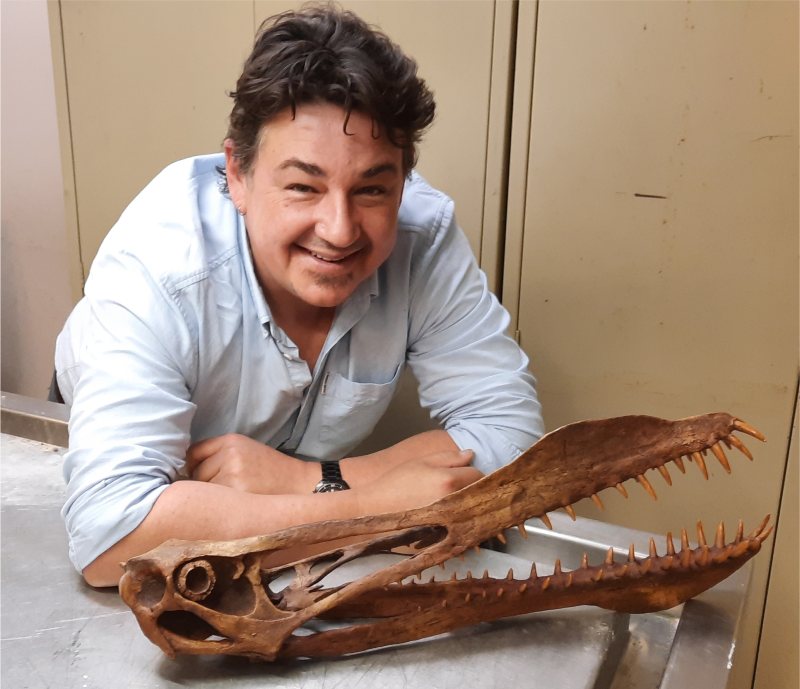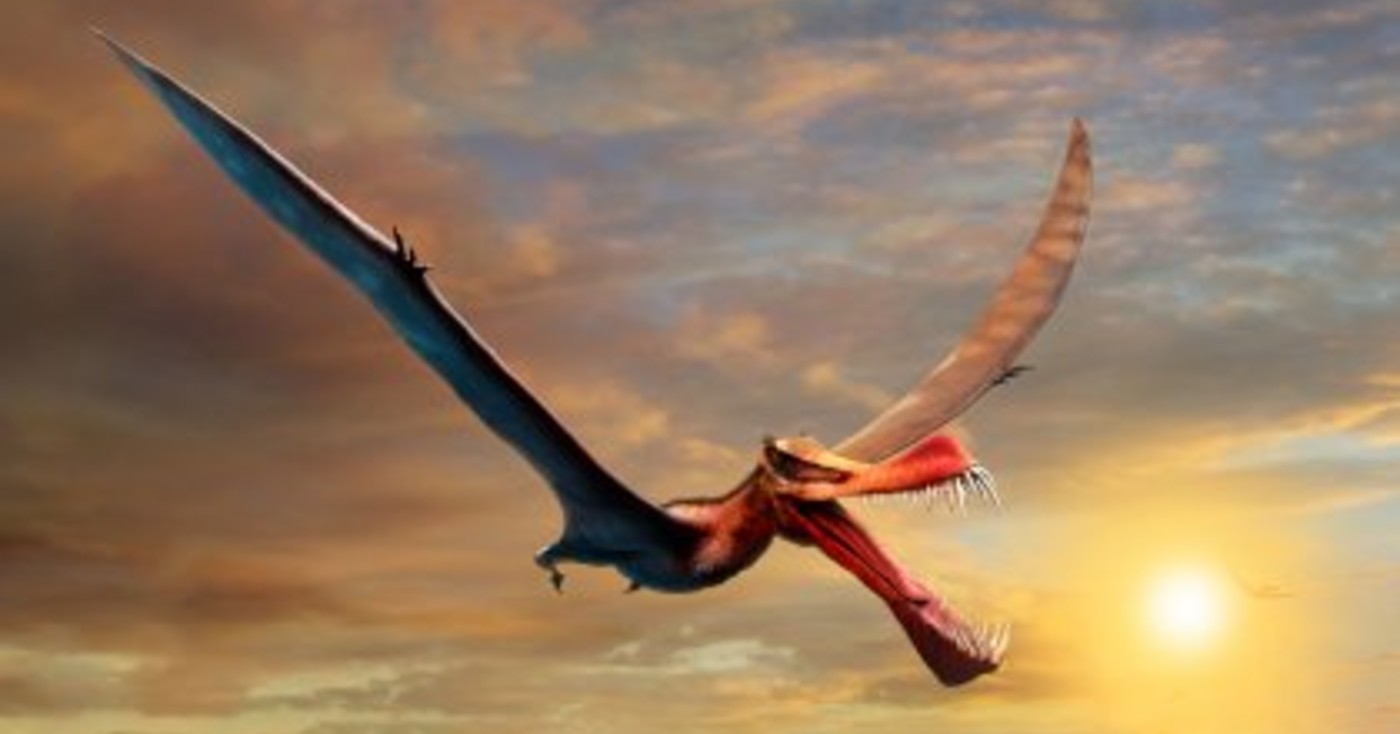
Australia’s largest flying reptile has been uncovered, a pterosaur that had a wingspan stretching 23 feet and soared like a dragon above the ancient inland sea that once covered the Queensland outback.
University of Queensland PhD candidate Tim Richards led a research team that analyzed a fossil of the creature’s jaw.
“It’s the closest thing we have to a real-life dragon,” Richards said.
“The new pterosaur, which we named Thapunngaka shawi, would have been a fearsome beast, with a spear-like mouth and a wingspan around seven meters.
“It was essentially just a skull with a long neck, bolted on a pair of long wings.
“This thing would have been quite savage. It would have cast a great shadow over some quivering little dinosaurs who wouldn’t have heard them coming until it was too late.”
Richards said the skull alone would have been just over one meter long, containing around 40 teeth.

“Even though pterosaurs could fly, they were nothing like birds, or even bats,” he said. “Pterosaurs were the very first back-boned animals to take a stab at powered flight.”
A reptile species in the anhanguerians group, these pterosaurs were perfectly adapted to powered flight because of their thin-walled, hollow bones—making their fossilized remains very rare and often poorly-preserved.
“It’s quite amazing (that) fossils of these animals exist at all,” Richards said.
RELATED: Dinosaur Unearthed in Argentina Could Be the Largest Animal That Ever Walked the Earth
Dr. Steve Salisbury, co-author of the paper published in the Journal of Vertebrate Paleontology, noted what was particularly striking about this new species of anhanguerian: the massive size of the bony crest on its lower jaw, which it presumably had on its upper jaw as well.
The fossil was found in a quarry by a local man, Len Shaw, who has been ‘scratching around’ in the area for decades.
The name of the new species honors the First Nations peoples of the area, incorporating words from the now-extinct language of the Wanamara Nation. “The genus name, Thapunngaka, incorporates thapun [ta-boon] and ngaka [nga-ga], the Wanamara words for ‘spear’ and ‘mouth’, respectively,” Dr Salisbury said.
“The species name, shawi, honours the fossil’s discoverer Len Shaw, so the name means ‘Shaw’s spear mouth’.”
Source: University of Queensland
BREATHE This Discovery Into Pals’ Feeds—Share the Story on Social Media…





















It amazes me that someone takes a bone or even a skull and designs an animal with it.